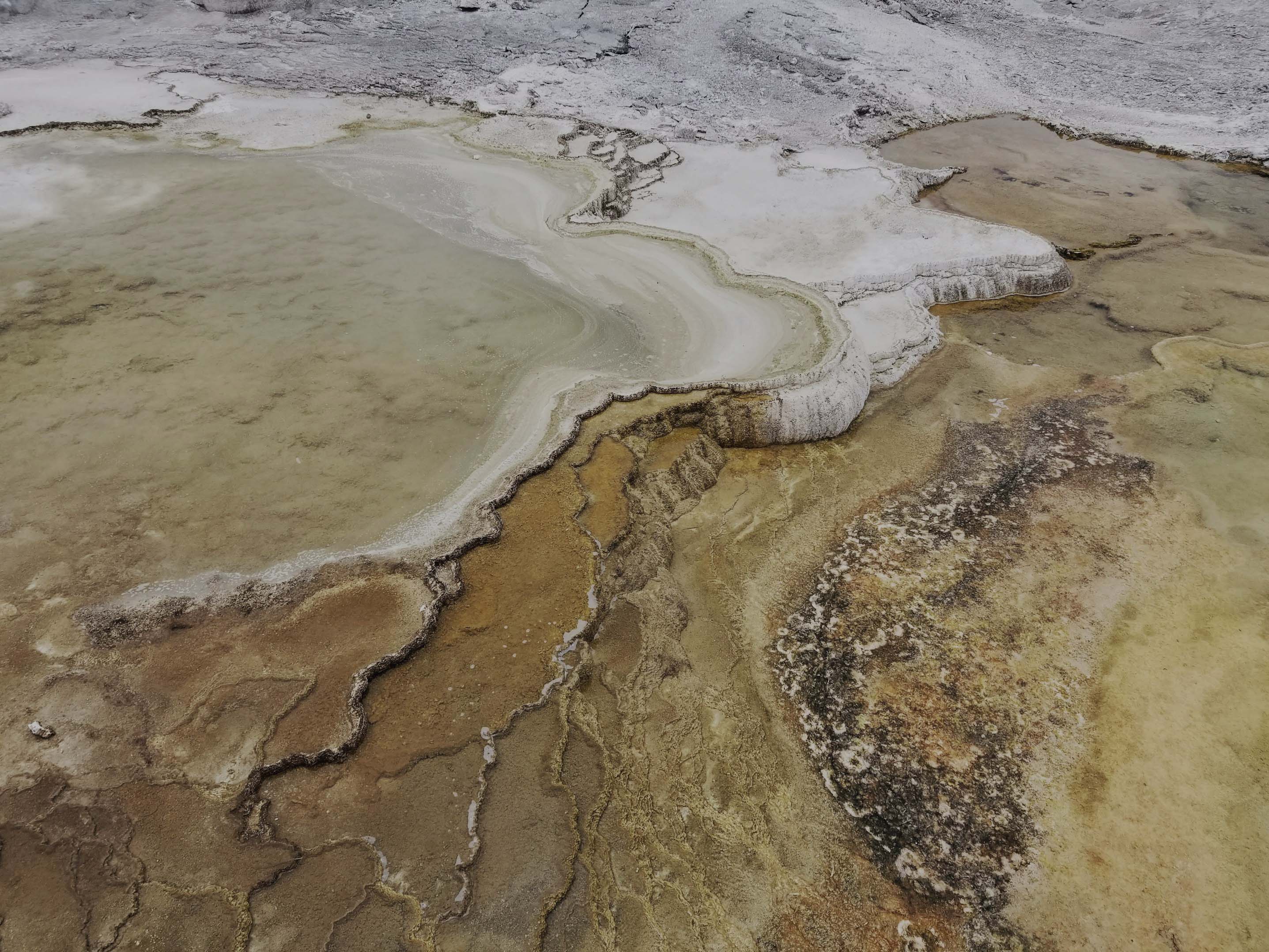
Ecology

We admit that sourcing and implementing environmentally-friendly materials for our product line has been a struggle. This is an ongoing process for us as we innovate and learn.
We eschew certain materials from our production, such as conventional cotton and polyester, leather, silk, viscose, rayon, and cashmere, due to their ethical and environmental impact.

Our range includes garments crafted from organic cotton jersey and twill, along with domestically sourced nylon. For our activewear, we use Bluesign® Certified recycled polyester, a certification ensuring that the manufacturing processes adhere to rigorous environmental and safety standards.
Additionally, our ECOLUX® fabrics are made with REPREVETM Recycled Poly, saving over 10 billion bottles from entering landfills. By choosing REPREVE, we not only avoid the use of virgin petrochemicals, we also reduce energy and water demands throughout the production process.

Materials we don’t use and why
Viscose, Rayon, and Deforestation
Dissolving pulp, or bleached wood pulp, is the base material for viscose and rayon, fibers that are used in many garments by the fashion industry
Pulp is often taken from trees in endangered or ancient forests
Currently, more than 150 million trees are logged to be made into clothes.
Cotton
2,700 liters of water to make just one cotton T-shirt
manufacturing cotton requires high levels of pesticides and other hazardous chemicals, which leach into waterways and soil.
Cotton production is responsible for 22.5 percent of insecticide use globally
Silk
Most of the insects used by the silk industry don’t live past the pupal stage
6,600 silkworms are killed to make just 1 kilogram of silk

